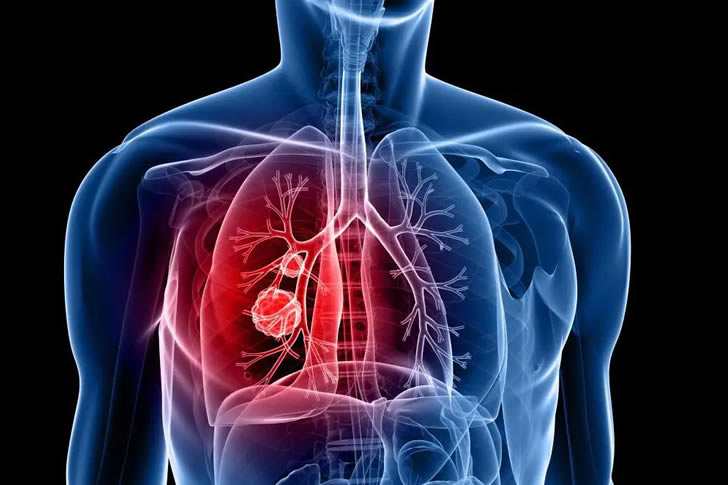Lung Cancer: Understanding the Signs, Symptoms, and Treatments
Lung cancer is one of the most common and serious forms of cancer. Early detection of signs and symptoms can greatly improve the chances of successful treatment.

FAQs About Lung Cancer
Q: What are the early signs of lung cancer?
A: Early signs may include persistent coughing, chest pain, and unexplained weight loss. These signs often appear subtly, making it important to be vigilant.
Q: How is lung cancer diagnosed?
A: Diagnosis typically involves imaging tests such as X-rays or CT scans, followed by a biopsy to confirm the presence of cancerous cells.
Q: What are the treatment options for lung cancer?
A: Treatment options vary depending on the stage of the cancer but commonly include surgery, chemotherapy, radiation therapy, and targeted therapies.
Table of Signs, Symptoms, and Treatments
| Signs | Symptoms | Treatments |
|---|---|---|
| Persistent cough | Chest pain | Surgery |
| Shortness of breath | Persistent fatigue | Chemotherapy |
| Unexplained weight loss | Hoarseness | Radiation therapy |
| Blood in sputum | Loss of appetite | Targeted drug therapy |
| Chest discomfort | Wheezing | Immunotherapy |
| Recurring respiratory infections | Coughing up blood | Stereotactic body radiotherapy |
| Wheezing sound when breathing | Difficulty swallowing | Radiofrequency ablation |
| Difficulty breathing | Frequent lung infections | Palliative care |
| Hoarseness | Bone pain (in advanced cases) | Endoscopic stent placement |
| Swelling in face/neck | Headaches (due to metastasis) | Cryotherapy |
Statistics on Lung Cancer
Lung cancer remains a leading cause of cancer-related deaths worldwide, affecting millions of people. The following chart highlights some key statistics on lung cancer in 2023:
| Statistics | Data |
|---|---|
| New cases per year (globally) | 2.2 million |
| Lung cancer survival rate (5 years) | 20% |
| Percentage of deaths from lung cancer | 25% of all cancer deaths |
| Average age at diagnosis | 65 years |
| Most common type | Non-small cell lung cancer (NSCLC) |
Common Lung Cancer Signs and Symptoms
10 Signs of Lung Cancer:
- Persistent cough
- Blood in sputum
- Shortness of breath
- Chest pain
- Hoarseness
- Unexplained weight loss
- Swelling in the face/neck
- Chest discomfort
- Recurring respiratory infections
- Wheezing when breathing
10 Symptoms of Lung Cancer:
- Persistent fatigue
- Coughing up blood
- Wheezing
- Loss of appetite
- Difficulty swallowing
- Frequent lung infections
- Bone pain (in advanced stages)
- Headaches (due to metastasis)
- Chest pain during breathing
- Shortness of breath
Lung Cancer Treatments
There are various treatment options available depending on the stage and type of lung cancer. Here is a table detailing common treatments:
| Treatment | Description |
|---|---|
| Surgery | Removal of the tumor and affected lung tissues |
| Chemotherapy | Use of drugs to kill cancer cells |
| Radiation Therapy | High-energy radiation to kill or shrink tumors |
| Targeted Therapy | Drugs targeting specific mutations in cancer cells |
| Immunotherapy | Boosting the immune system to fight cancer cells |
| Stereotactic Body Radiotherapy | Highly focused radiation targeting small tumors |
| Radiofrequency Ablation | Uses electrical energy to heat and destroy cancer cells |
| Palliative Care | Focuses on relieving symptoms and improving quality of life |
| Endoscopic Stent Placement | Insertion of a stent to open blocked airways |
| Cryotherapy | Uses extreme cold to freeze and destroy abnormal tissue |
Conclusion
Lung cancer is a complex disease that requires early detection and proper treatment to improve survival rates. Recognizing the signs and symptoms early on can lead to a more successful outcome. Treatment options are varied and should be tailored to the specific needs of the patient.
Sources







Recent Comments